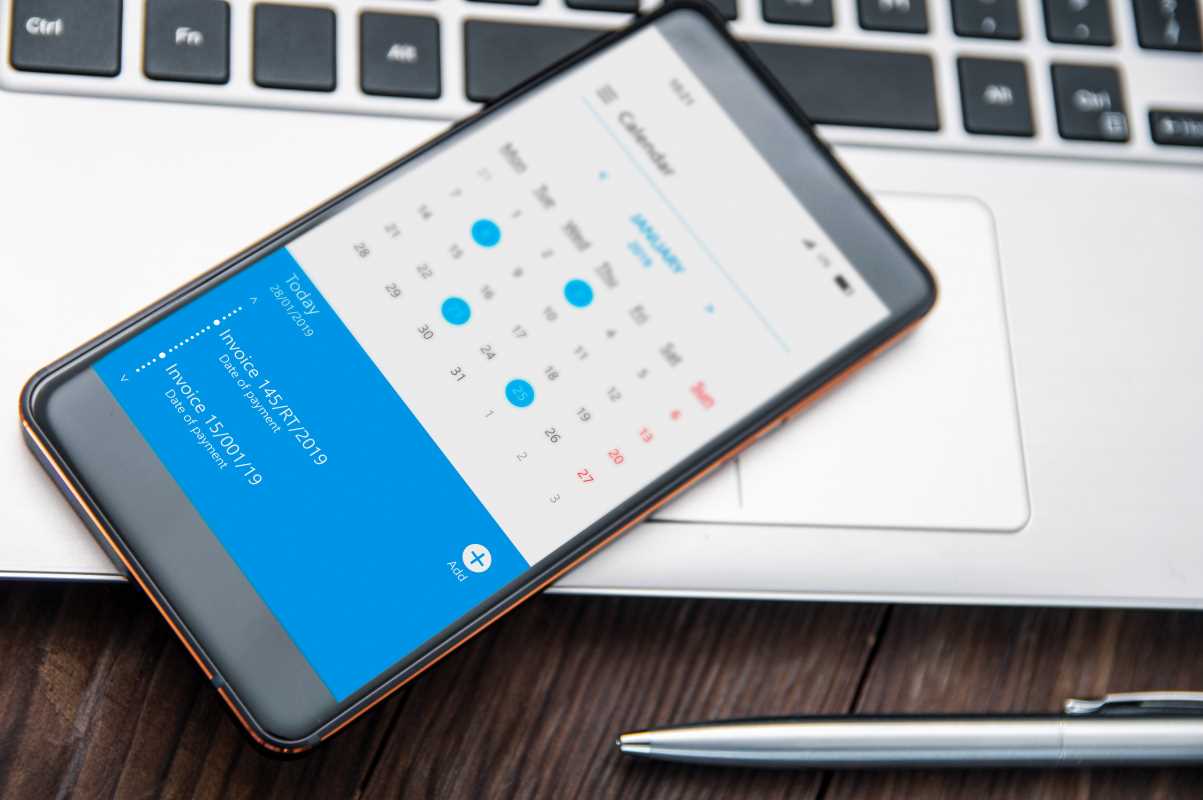Many people face a daily shuffle of meetings, calls, and deadlines that quickly consume their time. When appointments collide or tasks stack up, the hours seem to vanish before you realize it. Noticing how and when your responsibilities accumulate can reveal the moments that create the most stress. By identifying these trouble spots, you gain the awareness needed to maintain a more manageable schedule. This approach lets you prevent small gaps in your calendar from filling up with last-minute demands, leaving you with more breathing room and a greater sense of control throughout your day.
Addressing this puzzle begins with new ways of thinking about time. Small adjustments in how you record commitments will create space, giving you room to breathe when projects require extra attention. You’ll learn to notice moments when a routine check-in extends by half an hour or when gaps between tasks suddenly disappear. Let’s explore these less obvious dynamics before diving into practical defenses.
Patterns in Your Schedule
Frequent back-to-back bookings often point to deeper habits instead of random overload. Find the repeat offenders—such as meetings that regularly run long or calls that spill into lunch hours. Track each session’s actual end time for a week. You’ll see which formats or participants tend to shift agendas off course.
Spot triggers by marking sessions you attend automatically. These slots require less attention but still consume mental energy. Once you identify them, consider replacing rigid blocks with flexible appointments. This simple change reduces resource consumption and subtly discourages filling every slot with consecutive items.
Factors That Eat Up Time
Every switch from one task to another—returning phone calls, scanning a report, sending a quick update—requires more effort than you might think. That hidden cost adds up, eating into gaps you believed were ample. Track each micro-task’s real time investment. You’ll notice that a five-minute email can stretch into twenty when distractions surface.
Identify environmental drains as well. If your messaging app pings every few minutes, it hampers deeper work. A straightforward rule: group notifications into fixed review periods. This approach creates zones where your brain remains focused on one project without frequent resets.
Creating Buffers and Breaks
Use this plan to strengthen your hours:
- Set aside 10-minute transition periods between sessions to pack up or prepare for the next topic. This pause resets focus and prevents late-running items from overlapping into new slots.
- Schedule a daily “reflection hour” at the end of the workday to finish loose ends, reorder priorities, and identify trends. It requires blocking a fixed period where no new tasks can be scheduled.
- Arrange one unscheduled afternoon each week with no planned meetings. Treat it as essential downtime. This free zone catches spillovers and prevents urgent tasks from crowding every weekday.
These simple intervals create breathing space, stopping commitments from squeezing together until there's no flexibility left.
Practical Ways to Protect Your Day
- Time-Blocking Ritual
- Purpose: Label each block by focus type and set a clear purpose for deep work.
- Steps:
- Pick a specific task for each block.
- Assign start and end times on your digital calendar.
- Defend these blocks by declining spontaneous invites.
- Cost/Tools: Most calendar apps are free; review notification settings to lock them in.
- Pro tip: Color-code by energy level to match tasks to your peak focus times.
- Meeting Prioritization System
- Purpose: Filter meetings by importance to safeguard time.
- Steps:
- Evaluate each invite against your main goals.
- Accept only essential meetings; suggest alternative times for optional ones.
- Store archive-worthy items for periodic review.
- Cost/Tools: No cost; just a quick mental checklist.
- Pro tip: Delegate optional meetings to a colleague when possible to maintain visibility.
- Buffer Zones
- Purpose: Reserve unbookable time for recovery or urgent tasks.
- Steps:
- Choose recurring days and times.
- Label these as “Unbookable Buffer.”
- Automatically decline meetings scheduled during these times.
- Cost/Tools: Works with all major calendar tools.
- Pro tip: Use natural breaks—after lunch or before high-stakes events.
- Quick Debrief Routine
- Purpose: Capture actions immediately after external calls.
- Steps:
- Write down three action points.
- Assign deadlines or responsible persons.
- Confirm next steps within your calendar entry.
- Cost/Tools: No extra software needed.
- Pro tip: Pair this with your favorite note app for seamless handoff.
- Auto-Scheduling Link
- Purpose: Allow others to book only during predefined windows.
- Steps:
- Link your calendar to the scheduling tool.
- Define your meeting windows.
- Share the link with clients.
- Cost/Tools: Most services offer free plans.
- Pro tip: Limit booking slots to 30 minutes to prevent multi-hour overruns.
Use these methods together to protect each moment from creeping commitments.
Maintaining a Smooth Flow
Patience and consistent effort sharpen your ability to see ahead. Regularly reviewing your weekly plan reveals friction before it grows. When you notice patterns of overbooking, tighten your rules. Staying consistent means fewer surprises and a calmer pace.
This approach revolves around a refined calendar management method tailored to your changing routines. Track your progress, celebrate small wins when you free up space, and adjust your tactics as you learn more about your personal rhythm.
Small changes in daily planning can ease stress over time. Protect your time blocks, and you will notice more order in your day.







